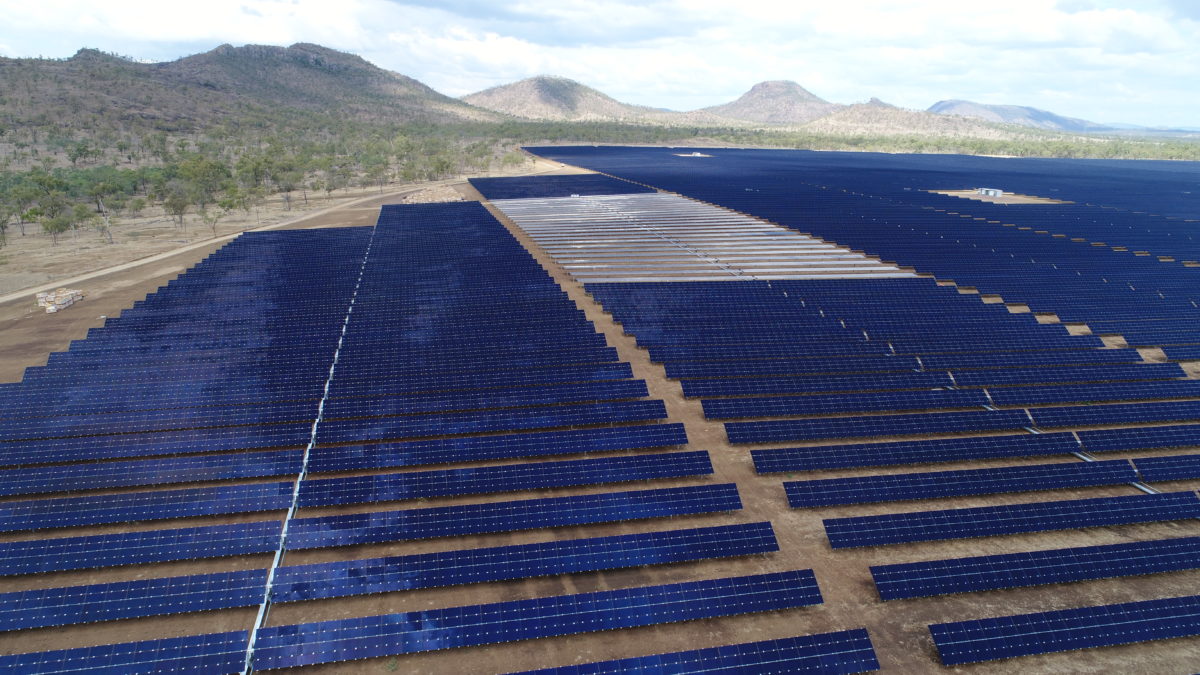The Clean Energy Council (CEC) sees the looming election in Queensland as a golden chance to harness the state’s world-class solar and wind resources to bring down the cost of electricity for households and businesses. With 100 days left before Queenslanders head to the polls, the CEC has released its policy directives for the upcoming state election that would build up investor confidence and turn Queensland into a low-cost, clean energy superpower.
Thus far, electricity prices have remained high in Queensland with renewable energy accounting for just 14% of the state’s electricity mix – the lowest in Australia. However, under the right political leadership, the Sunshine State has the opportunity to change this by exploiting its natural advantages, the CEC argues.
“Queensland, as Australia’s highest emitter of greenhouse gases, has a lot of work to do. By exploiting the state’s world-class solar resources and its wind resources, the renewable energy industry can grow while producing Australia’s cheapest electricity,” said CEC Chief Executive, Kane Thornton.
Since 2017, when the Palaszczuk Government set a target of 50% renewable energy by 2030, over $3.2 billion has been invested in new large-scale clean energy projects in regional and rural Queensland communities, with approximately 4000 large-scale construction jobs created at peak. Around a further 4000 people are employed in rooftop solar installation and the supporting supply chain, including equipment supplies, logistics, sales, marketing and administration.
Around 5500 MW of large-scale renewable energy generation is needed between now and 2030 to meet Queensland’s target of 50% renewables target, which could attract almost $10 billion of private investment and create more than 10,000 jobs, the CEC says. Investors stand at the ready, with around 17,000 MW of new large-scale renewable energy projects with secured planning approvals.
The number of proposed projects across Queensland is even higher. According to data from Rystad Energy, in the first half of 2020 alone, Queensland saw 17.3 GWac of utility PV, wind, storage and hydrogen electrolyzers proposals, as it formed the largest renewable energy pipeline of any state in Australia.
Strengthening investor confidence
As grid woes and the policy vacuum on the federal level have come together to undermine investor confidence across Australia, the CEC has urged Queensland to rule out funding for new coal-fired power stations in order to send a clear message to investors that Queensland is “open for business when it comes to more renewables.”
In addition to the minimum target of 50% renewables by 2030, the CEC said Queensland should establish a technology-neutral energy storage target, broadly in line with the standard ratio of 1:4 of storage capacity to renewable energy. It also reminded that the state’s long, skinny and weak transmission network is a significant barrier to new clean energy investment and called for a transmission strategy to lay the foundations for renewable energy zones and regional development.
“The Queensland Government should establish a taskforce comprising renewable energy businesses, government, unions and training and research bodies to understand and map out the workforce needs and gaps now and in the future and establish clear strategies to address them,” said Thornton.
The state is also urged to build and expand its energy-intensive industries powered by clean energy and to reduce reliance on diesel generation for large, remote customers under a new microgrid strategy. Building demand and expertise for a new renewable hydrogen industry and developing clean energy skills, training and a workforce plan are also among the CEC recommendations for large-scale renewables development.
In addition to other economic benefits, creating energy policy certainty to underpin investor confidence would directly translate into a jobs bonanza. For instance, an earlier analysis from Green Energy Markets and community-led group Solar Citizens suggested that more than 51,000 jobs could be created in Queensland if all proposed large-scale renewable energy projects were given the green light. As it stood in May, 108 large-scale renewable energy projects worth an estimated $36 billion to the state economy were in the development pipeline.
Energy independence for regional Queensland
Today, four of the top five solar postcodes in Australia are located in the sunshine state with Bundaberg the nation’s undisputed champion of solar with 13,942 installations providing 57,083 kW of clean energy capacity in 2019. However, stand-alone power systems, microgrids and other community-scale energy assets can improve safety and reliability while reducing energy costs for rural and regional Queenslanders.
“By supporting communities in the move to microgrids, there will be savings and lower electricity prices for all customers – not just those supplied by microgrids. In areas affected by natural disasters, stand-alone power can also help to reduce risks and improve safety which is vital when Queensland is the most natural disaster-prone state in the country,” said Thornton.
This content is protected by copyright and may not be reused. If you want to cooperate with us and would like to reuse some of our content, please contact: editors@pv-magazine.com.









By submitting this form you agree to pv magazine using your data for the purposes of publishing your comment.
Your personal data will only be disclosed or otherwise transmitted to third parties for the purposes of spam filtering or if this is necessary for technical maintenance of the website. Any other transfer to third parties will not take place unless this is justified on the basis of applicable data protection regulations or if pv magazine is legally obliged to do so.
You may revoke this consent at any time with effect for the future, in which case your personal data will be deleted immediately. Otherwise, your data will be deleted if pv magazine has processed your request or the purpose of data storage is fulfilled.
Further information on data privacy can be found in our Data Protection Policy.